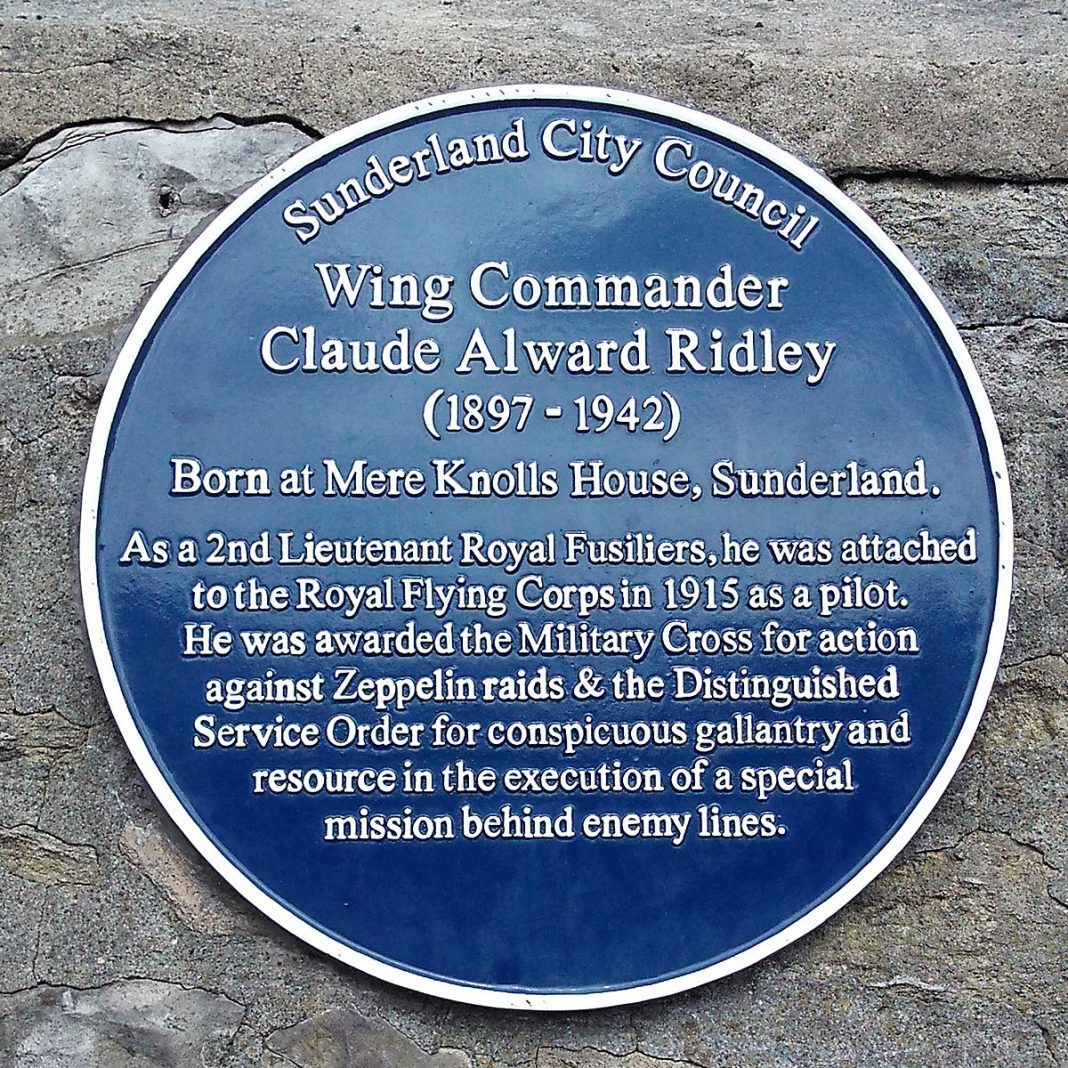Did you know that at least 78 blue plaques can be found in Sunderland?
Blue plaques are permanent notices that commemorate influential people, landmark events or important buildings associated with a particular area.
A new online map can now be accessed on Sunderland City Council’s website giving details of the blue plaques dotted around Wearside.
The London blue plaque scheme has been running for 120 years. In the capital, blue plaques have been the responsibility of English Heritage since 1986. Before this date, London’s blue plaque scheme was run by the Royal Society of Arts, London County Council and the Greater London Council.
Outside the capital, blue plaques are the responsibility of local councils, civic societies and other organisations, though all these bodies follow guidelines issued by English Heritage.
English Heritage states that “the people or events commemorated” should be “of sufficient local historic importance or eminence to warrant recognition.”
Although – except on listed buildings – the council’s permission isn’t needed to put up a blue plaque in Sunderland, the council can provide guidance, support and in some cases funding for those who wish to erect a plaque.
Sunderland City Council can help to ensure that the correct guidelines are followed and that the blue plaques are of a suitable design.
Some of the guidelines are:
- Plaques commemorating people should not normally be put up until 10 years after the person’s death.
- The person should have made a notable contribution to Sunderland’s history or had a significant effect on their chosen field.
- For an event to be commemorated, it should have occurred at least 20 years ago and be recognisable to the majority of the public.
- Buildings being commemorated should be of local or national importance. They should be worthy of lasting recognition and – if they are no longer standing – at least some of their remains should be visible.
You can learn more about these guidelines at https://www.sunderland.gov.uk/heritage-blue-plaques.
Sunderland City Council’s portfolio holder for communities and culture, Cllr John Kelly, said, “Commemorative blue plaques are seen as civic recognition of the significant role a person or place has played in our history, a celebration of people’s individual contribution or a commemoration of a landmark event or building in the city.”
“We currently have around 78 blue plaques spread out across the city – with everyone from war heroes and social pioneers to authors and artists, and everywhere from the former Roker Park and Hetton Hall, to RAF Usworth and Silksworth Village School.”
“Sunderland has a rich cultural heritage and blue plaques are a way in which we recognise this for our future generations.”
“We already have plans for some new additions this year, such as Sunderland’s first woman councillor Ellen Bell and the world-famous inventor Joseph Swan, while appreciating there may already be other names and places in people’s minds worthy of a blue plaque in the years ahead.”
To learn more about blue plaques in Sunderland, please go to https://www.sunderland.gov.uk/heritage-blue-plaques.
The list of blue plaques on the current map is not exhaustive and there may be others dotted around Wearside. If you know of any additional blue plaques, please email Sunderland City Council’s heritage team on info.heritage@sunderland.gov.uk.
(The featured image – showing a blue plaque commemorating First World War pilot Claude Alward Ridley- is from Wikimedia Commons.)
















